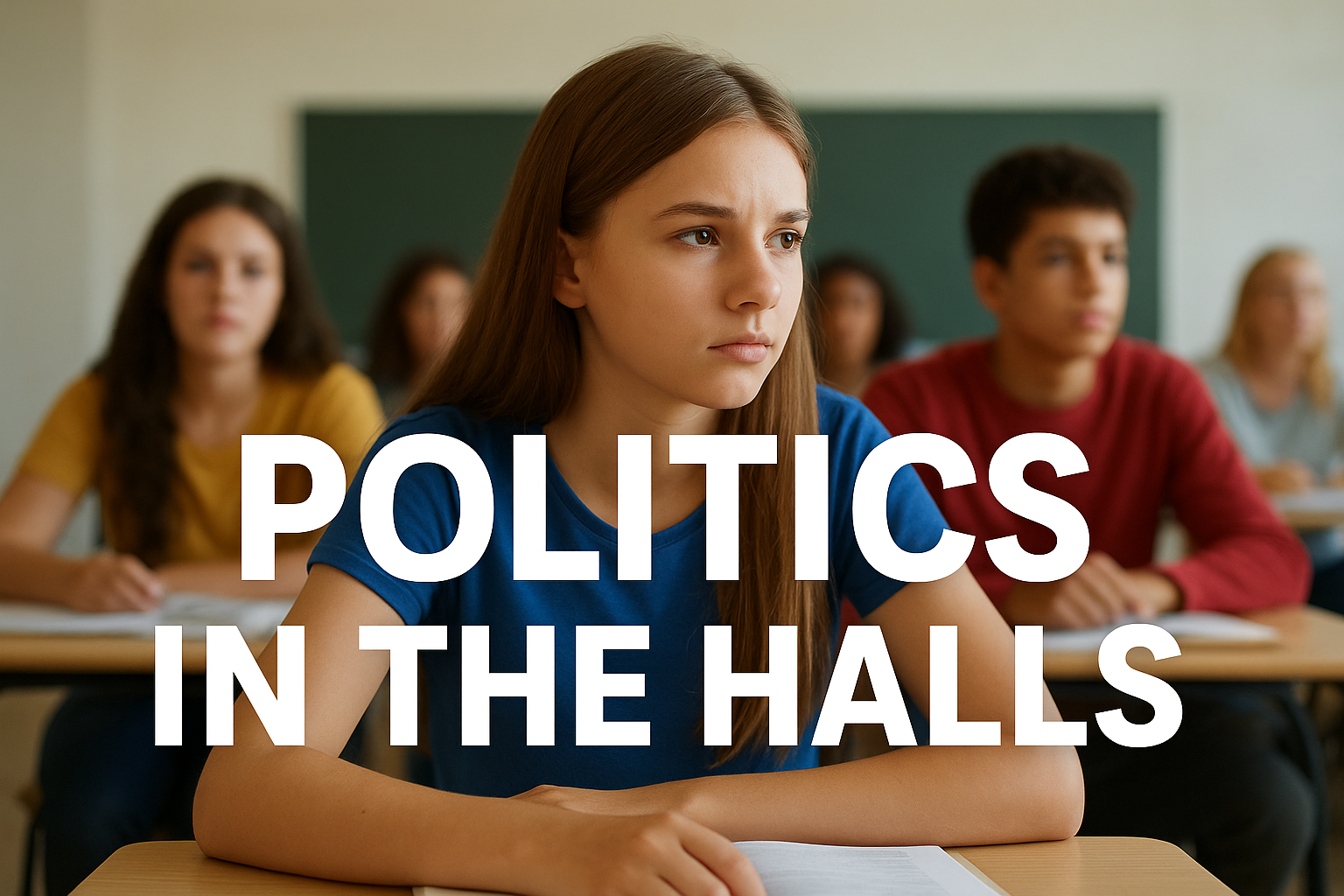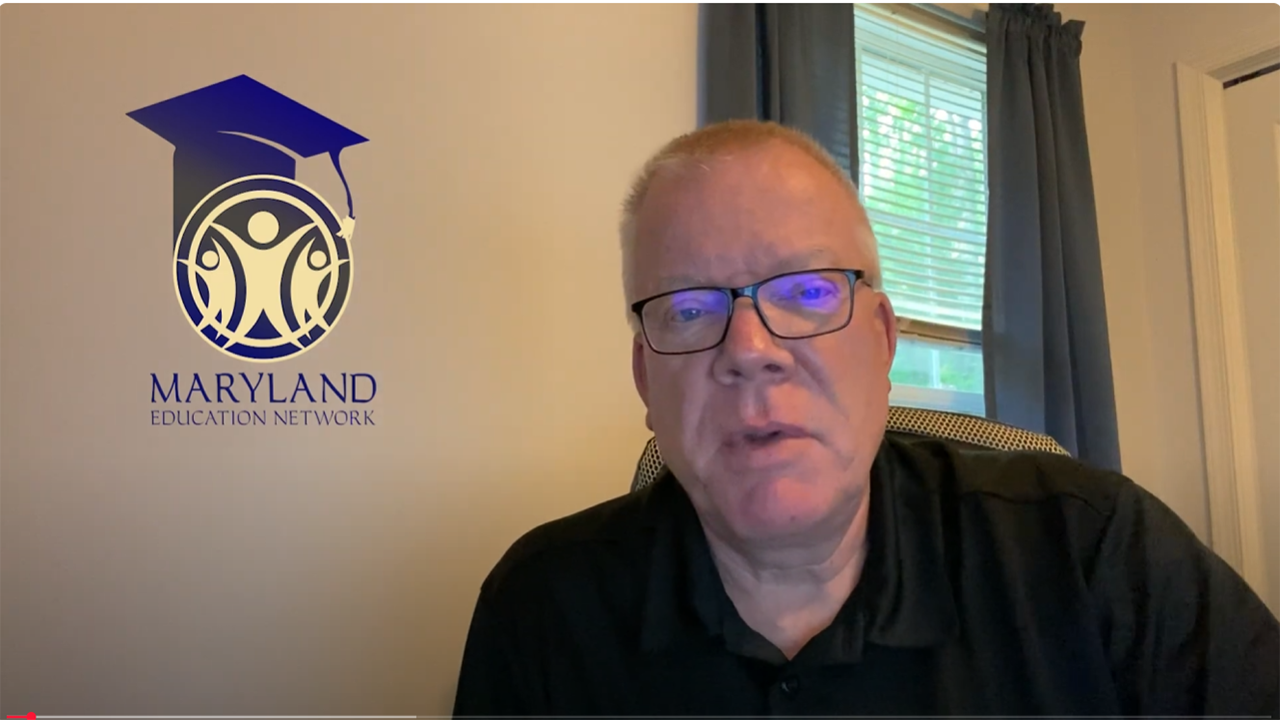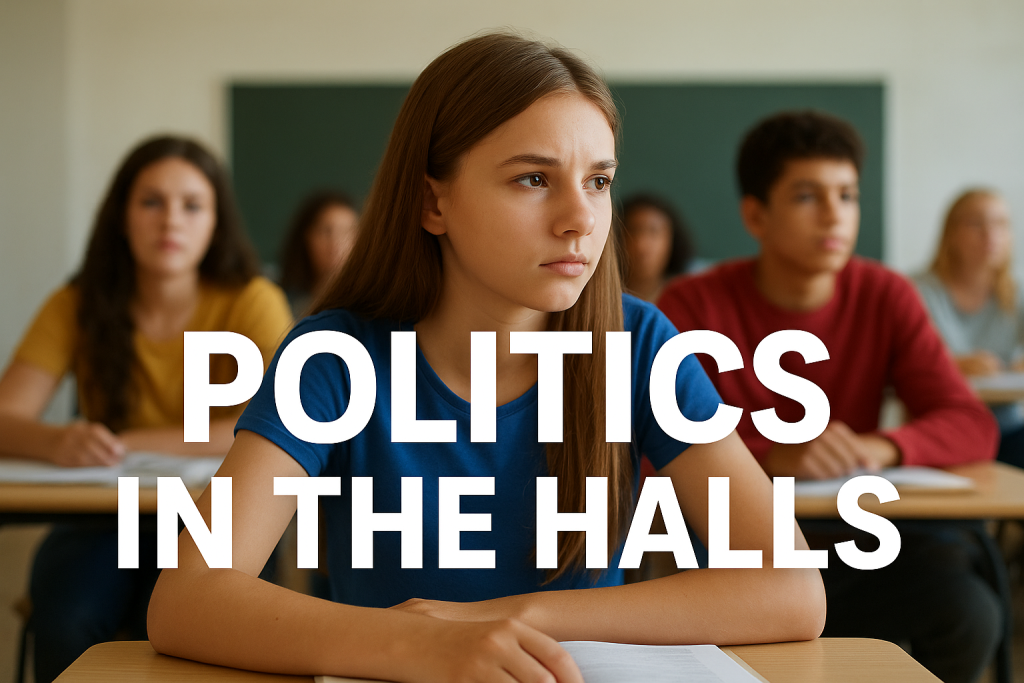
How to Find (and Keep) Substitutes
There’s no substitute for a good substitute teacher.
Many schools have learned that lesson the hard way in the years since the pandemic, as schools continue to face closures due to COVID and other outbreaks of illnesses among staff. Rural Runge Independent schools in Texas was forced to close for a week last monthduring a COVID outbreak which ultimately sickened 33 out of 45 staff.
The need for more substitute teachers extends well beyond the occasional outbreak. More than 70 percent of school districts nationwide report higher teacher absenteeism rates now than before the pandemic, according to a July report by the conservative Heritage Foundation.
In an Education Week forum on Aug. 17, educators and leaders shared how their schools and districts are working to deepen and broaden the substitute labor pool.
Show them the money
More than a third of forum participants said their districts are paying bonuses and subsidies to recruit and retain a steady supply of reliable substitutes.
In a hot labor market for regular classroom teachers, many people who would otherwise be substitutes are more likely to go full-time. The U.S. Department of Labor estimates that as of 2022, substitutes made $17.33 in median hourly wages, versus $28.12 for preschool and kindergarten class teachers, who are typically some of the lowest-paid classroom teachers. (And in fact, forum participants said substitutes can be most difficult to find for preschool and specialist areas like special education.)
The online job site Indeed’s salary tracker finds that nationwide as of May, substitutes earned just over $39,000 a year, or $19.11 an hour on average.
Leverage teacher residencies
In an informal poll during the EdWeek forum, more than 60 percent of the participants said they rely on a central pool of fill-in teachers from the district—an approach that can lead to longer and uneven commuting times for substitutes from day to day. But a growing number of districts are experimenting with ways to “grow your own” substitute pools through partnership and residency programs.
Education Secretary Miguel Cardona has urged districts to use pandemic recovery funding to build both short-term substitute teacher pools and longer-term pipelines of new teachers. In a nationally representative of district leaders and principals conducted by the EdWeek Research Center survey this July and August, however, no significant share of respondents said they planned to use federal money on programs to boost substitute teacher pools.
In a 2023 study Matthew Finster, a principal researcher at Westat, found that districts can leverage teacher residency programs with colleges and universities to create pools of regular substitutes. However, to be successful, the residencies need to align substitute positions with residents’ overall training, such as only filling in for their teacher-mentor or others in the same grade, subject, or school. This approach provides more instructional continuity for the teacher and students.
For example, in Adelphi University’s Urban Teacher Residency, started in 2021, participants must substitute teach one to two days a week in New York City public schools, in addition to co-teaching during the rest of the week. Virtually all of the residents have gone on to be hired by the district. A similar program at Dallas College in Texas requires students to substitute in their residency schools at least one day a week.
The full recording of the interactive session is available above.
Dig Deeper With Our Longreads
Newsletter Sign up to get our best longform features, investigations, and thought-provoking essays, in your inbox every Sunday.
The MEN was founded by John Huber in the fall of 2020. It was founded to provide a platform for expert opinion and commentary on current issues that directly or indirectly affect education. All opinions are valued and accepted providing they are expressed in a professional manner. The Maryland Education Network consists of Blogs, Videos, and other interaction among the K-12 community.









